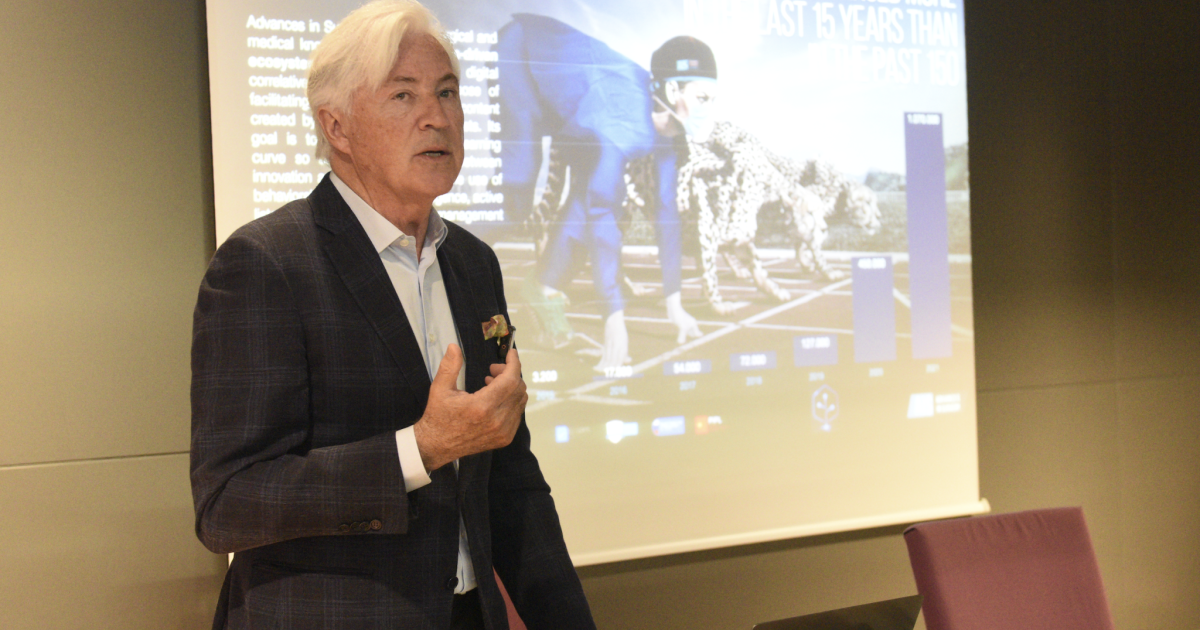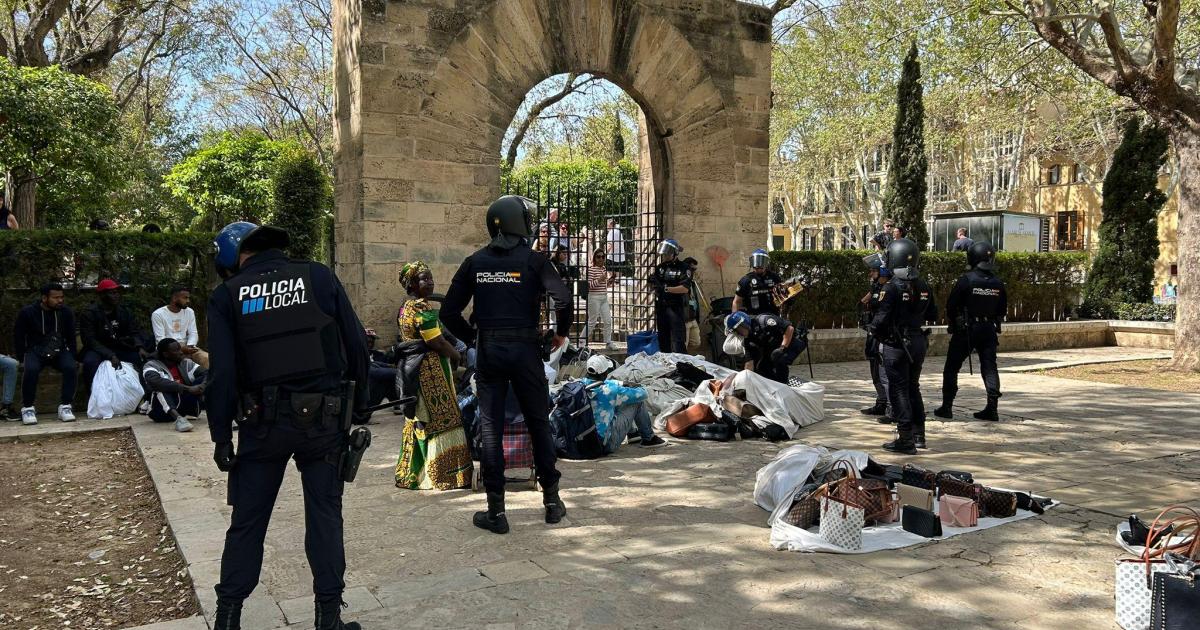
Un plato de caracoles. | Jaume Morey
Los caracoles, a menudo asociados con la gastronomía de países mediterráneos como Francia, España e Italia, han sido parte de la dieta humana desde tiempos inmemoriales. Sin embargo, más allá de su exquisito sabor y su versatilidad en la cocina, los caracoles ofrecen una amplia gama de beneficios para la salud que los convierten en una opción culinaria sorprendentemente nutritiva. En este artículo, exploraremos los aspectos nutricionales y los beneficios para la salud de incluir caracoles en nuestra alimentación.
1. Fuente excepcional de proteínas y bajo en calorías
Los caracoles son una excelente fuente de proteínas, proporcionando unos 18 gramos por cada 100 gramos, y son bajos en calorías, lo que los convierte en un alimento ideal para incluir en dietas equilibradas y saludables.
2. Rico en minerales esenciales
Estos moluscos aportan una cantidad significativa de hierro, magnesio y fósforo, elementos esenciales para diversas funciones del cuerpo, como la formación de células rojas en la sangre, el mantenimiento de la salud ósea y la regulación del metabolismo. Además, son una notable fuente de selenio, un mineral que protege las células del daño oxidativo y juega un papel crucial en la salud tiroidea.
3. Beneficios para la salud cardiovascular
Los caracoles contienen ácidos grasos Omega-3, conocidos por reducir la inflamación y ayudar a prevenir enfermedades cardiovasculares. Estos nutrientes ayudan a mejorar la elasticidad de las arterias y a reducir el riesgo de enfermedades del corazón.
4. Apoya la función cerebral y la visión
El alto contenido de vitamina B12 en los caracoles apoya la salud del sistema nervioso y es vital para la formación de células rojas y la funcionalidad neuronal. Además, los estudios sugieren que los caracoles pueden mejorar la memoria y la capacidad cognitiva, gracias a su riqueza en nutrientes esenciales para el cerebro.
5. Propiedades antiinflamatorias y para la piel
El mucílago de caracol, utilizado en cosmética, posee propiedades antiinflamatorias y es beneficioso para tratar y calmar la piel irritada. También se valora por su capacidad para hidratar y regenerar la piel, lo que lo convierte en un ingrediente popular en los productos de cuidado de la piel.
6. Una opción dietética saludable
Además de sus beneficios nutricionales, los caracoles son una opción baja en grasa, lo que los hace ideales para dietas de control de peso. También son bajos en colesterol, lo que contribuye a un estilo de vida más saludable.
7. Beneficios digestivos
Los caracoles pueden mejorar la salud digestiva debido a su contenido de fibra, que ayuda en la regulación de los movimientos intestinales y promueve una digestión saludable.
En resumen, los caracoles no solo son un plato exquisito y sofisticado, sino que también son un superalimento que ofrece una serie de beneficios para la salud, lo que los convierte en una excelente adición a cualquier dieta. Su versatilidad en la cocina permite que sean disfrutados de múltiples maneras, asegurando que su contribución a la salud pueda ser tan deliciosa como nutritiva.









